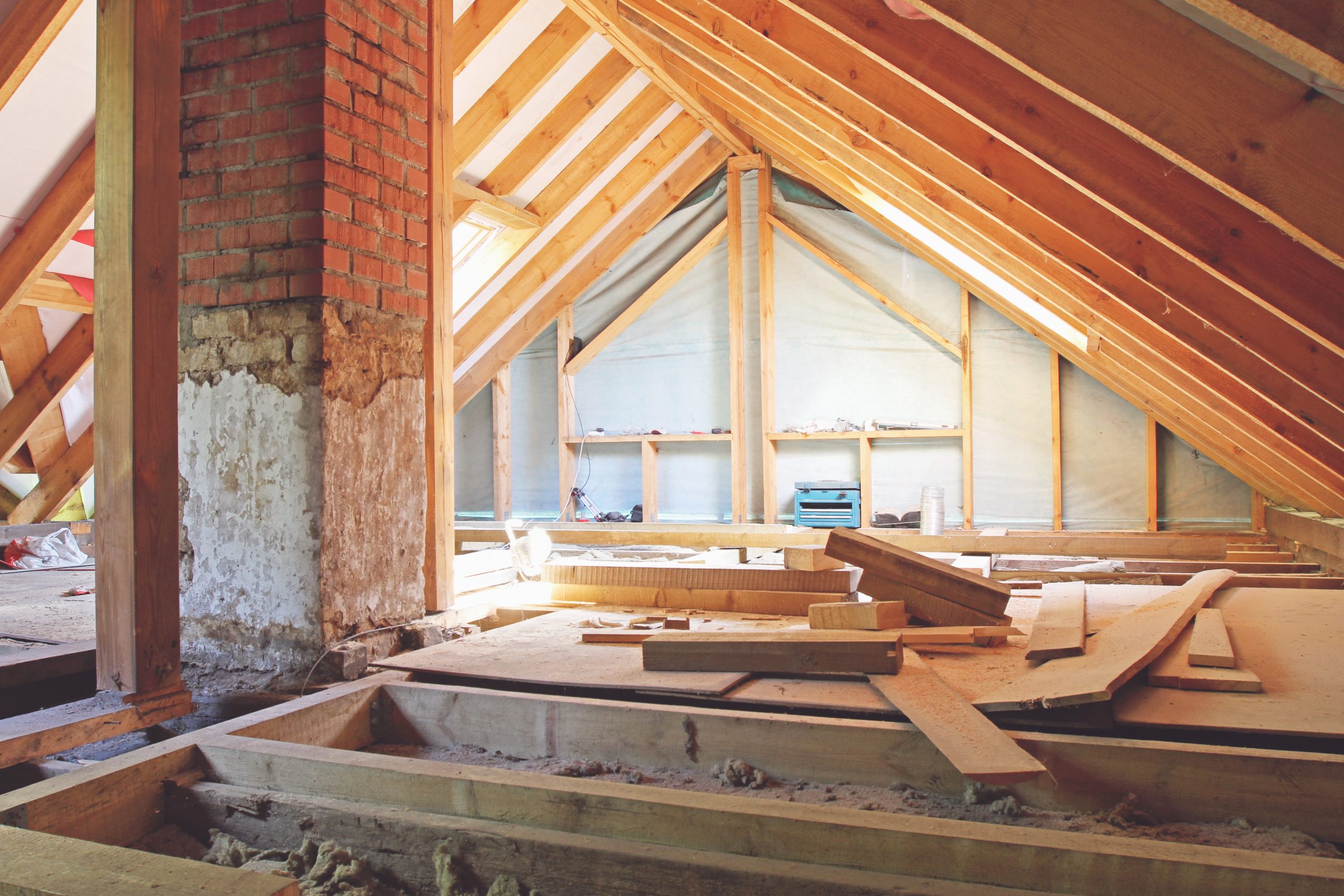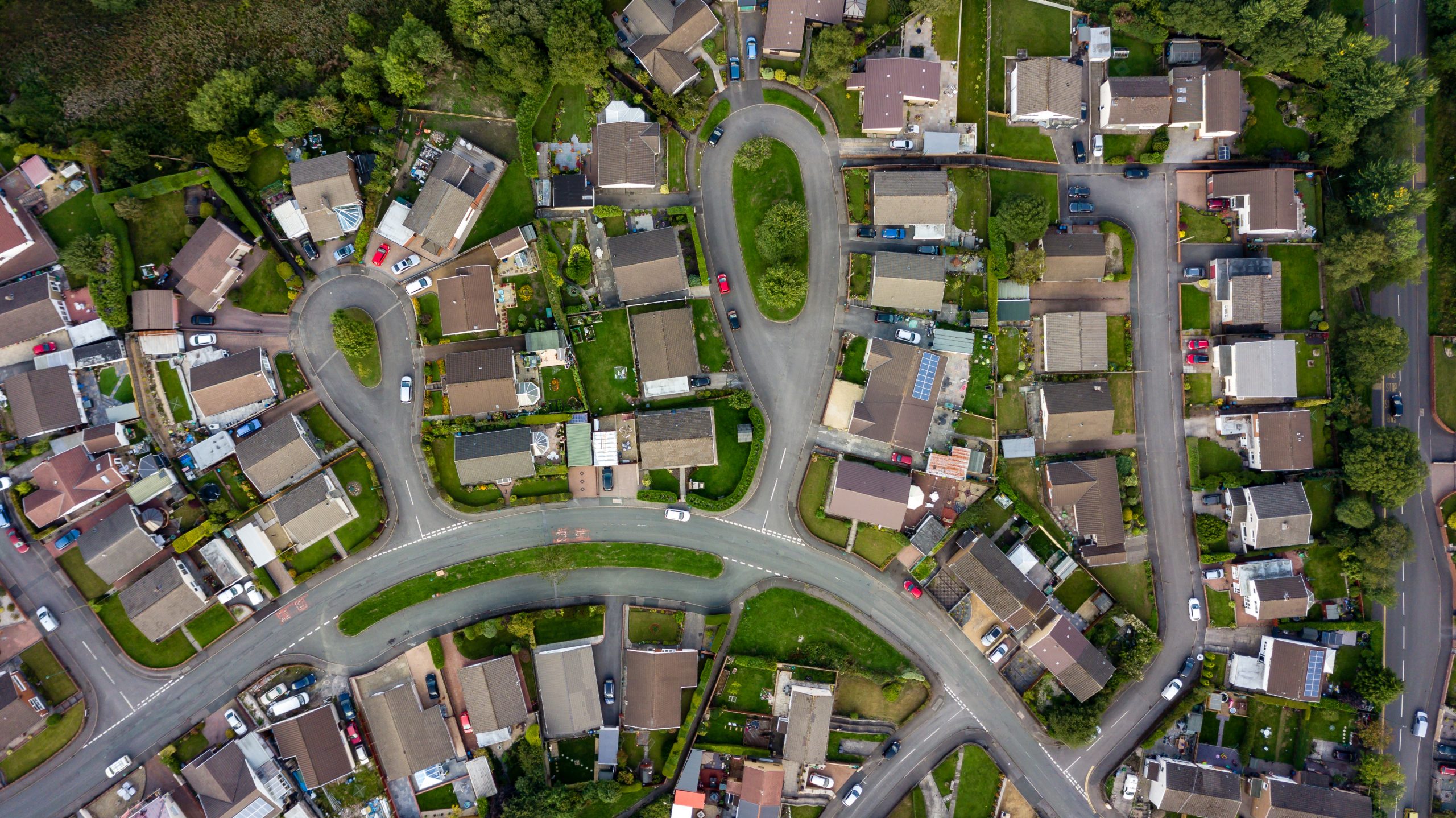Housing Delivery Test: Who Were the Biggest Hitters and Underachievers?

After the Housing Delivery Test Measurement was released, Housing Industry Leaders highlights why 50 out of 309 Local authorities delivered less than 75% of the housing requirements.
The Housing Delivery Test, which tracks the performance of local authorities, was recently published. There were many disparities found by Housing Industry Leaders. In addition, there were many logistical issues across the UK, including Covid-19 and protected spaces.
Different regions performed to varying standards. For example, the Midlands overdelivered by 84%, while the East of England delivered 50% of the required housing.
However, nearly a quarter of Northern local authorities underdelivered on its requirements. While the South and South-West overdelivered by around 60%.
According to the sanctions set out in the delivery test, future planning decisions across these areas may be subject to specific action plans based on individual performance. Those steps will be presumption, buffer and action plan, with buffer set at 20% for potential future underdelivery.
The North still underdelivered despite action plans changing to reflect Covid disruption
Naturally, funding for local authorities will be a barrier to development. Conservative areas performed on average 10% better than other authorities, leaving questions around the impartiality of funding through the UK.
Alongside funding issues, there are also geographical restrictions in some of the poorer performing areas. Greenfield land dominates certain constituencies and it has affected the delivery of housing.
For example, Southend-on-Sea built 947 houses in the three years up to 2021 against the 3041 required. Delivering just 31% compared to the 2126% in Oxford, which was largely built on brownfield land.
Not only this, but many authorities struggled against National parks, Areas of Outstanding Natural Beauty (AONB) and sites of Special Scientific Interest (SSSI). To tackle this issue without developing on such lands, the test changes that sanctions accordingly.
Presumption reduced in favour of sustainability
The best way to do this is to reduce presumption in favour of sustainable development. In doing this, the balance of the test is fairly tilted.
With the pandemic shutting the world down in the period that the Delivery Test was conducted, naturally, fewer houses were built. Tackling this, the test adjusted the requirements to reflect the level of disruption.
To do this, the year up to March 2020 was reduced by one month and the year up to March 2021 is reduced by four months. It equates to 97,000 reductions across the country.
The outcome of this saw 66 local authorities saw reduced sanctions and 25 local authorities avoiding presumption sanctions in favour of sustainable development. On top of this, 23 have avoided a 20% buffer to future housing needed, 18 will not need to write an action plan.
Local authorities passing the test delivered 578,000 homes over this period, against a requirement of 383,000.
Some local authorities that delivered between 75-95% over the test period will be required to apply a 20% buffer to their housing need figure to mitigate potential underdelivery in the future.
Those delivering over 85% will face a lesser sanction and will need to put together an action plan exploring ways to reduce the risk of further underdelivery within the next year.

